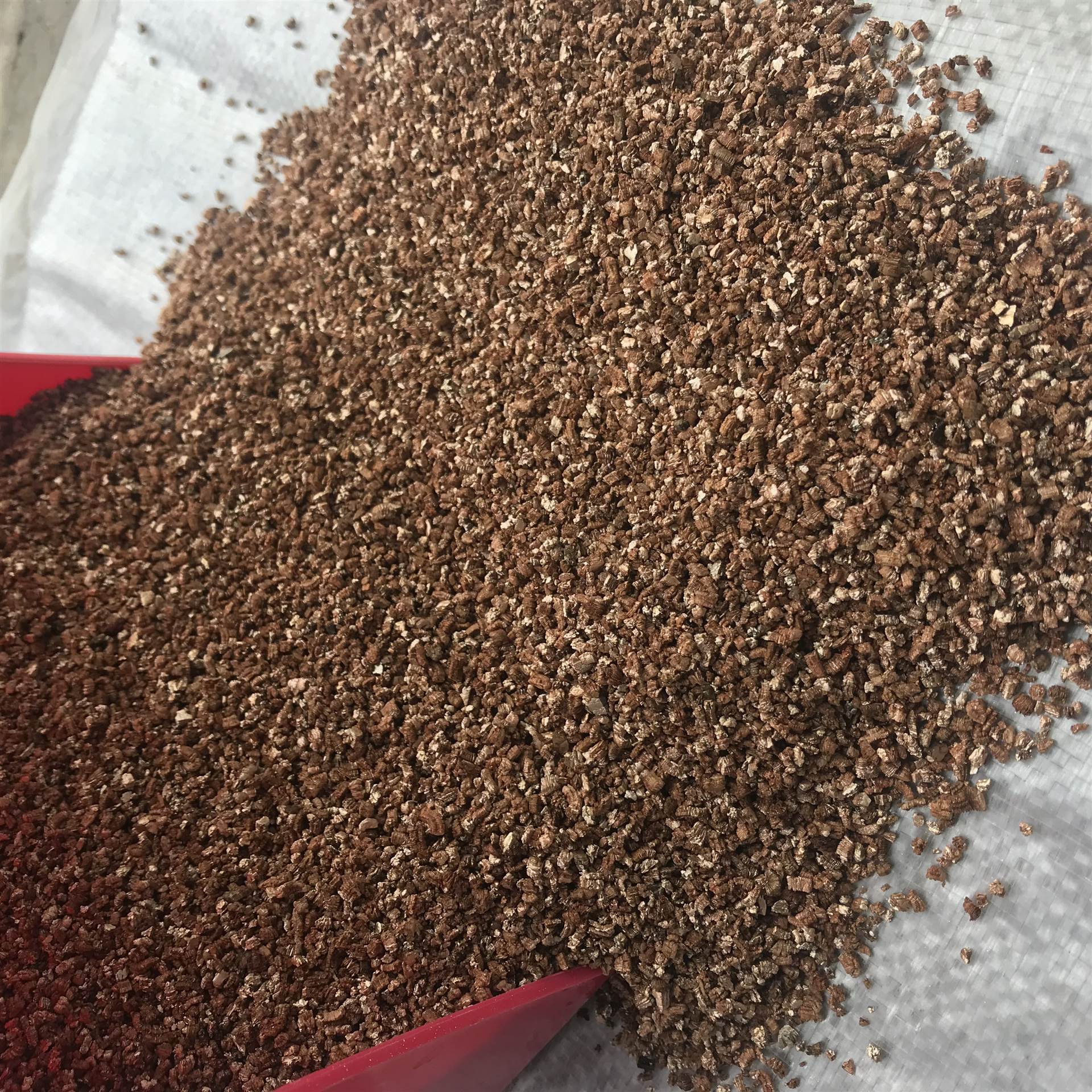
white coral sand
The Enchantment of White Coral Sand
White coral sand, a stunning natural phenomenon, is often associated with tropical paradises, where the sun-kissed beaches and crystal-clear waters create an idyllic canvas of beauty. This unique sand, derived from the erosion of coral reefs, holds not only aesthetic appeal but also ecological significance. In this exploration, we will delve into the origins, characteristics, ecological importance, and the allure of white coral sand, revealing why it is treasured by nature lovers and beachgoers alike.
Origins of White Coral Sand
White coral sand is primarily formed from the remains of coral polyps, marine animals that build calcium carbonate skeletons, which, over time, break down into fine particles. When coral reefs erode due to natural processes such as wave action, storms, and even human interference, these materials are released and transported by ocean currents to form sand beaches. This process occurs in tropical regions, where vibrant coral reefs flourish, creating the perfect environment for the formation of this pristine sand.
The distinct whiteness of coral sand is attributed to its composition, which is primarily made up of calcium carbonate and often lacks impurities that can cause discoloration. The result is a beautiful, bright white sand that stands in stark contrast to the azure waters of the ocean, making it a popular choice for beach resorts and vacation destinations.
Characteristics of White Coral Sand
Beyond its striking visual appeal, white coral sand has unique characteristics that set it apart from other types of sand. Its texture is notably soft and fine, providing a comfortable surface for walking, lounging, or playing. The light color reflects sunlight, keeping the sand cooler underfoot, even on the hottest days. This quality makes it an inviting surface for leisurely activities and enhances the overall experience of being at the beach.
Moreover, the sand's composition promotes a unique ecosystem. The calcium carbonate present in coral sand can help maintain the health of surrounding marine environments. It supports the growth of new corals, contributing to the resilience of coral reefs that are increasingly under threat from climate change, ocean acidification, and pollution.
white coral sand

Ecological Importance
The ecological significance of white coral sand extends far beyond aesthetics. Healthy coral reefs act as barriers against storm surges, protecting coastal communities from erosion and damage. The sand derived from these reefs plays a crucial role in maintaining the integrity of beach ecosystems. Additionally, white coral sand beaches often serve as nesting sites for various marine species, including sea turtles, which rely on these safe havens for reproduction.
The presence of coral sand is a sign of a thriving marine ecosystem. Beaches composed of this sand indicate nearby coral reefs and a rich biodiversity. The health of these ecosystems is critical, as they provide habitat for countless marine organisms and contribute to global carbon cycling and climate regulation.
The Allure of White Coral Sand
The allure of white coral sand lies not only in its aesthetic qualities but also in the experiences it offers. For many, visiting a beach adorned with this sand is synonymous with relaxation and escape from the daily grind. The soft, white grains invite visitors to dig their toes in and bask in the sun, while the gentle ocean waves provide a soothing soundtrack.
Tourists flock to destinations known for their white coral sand, seeking out idyllic spots for sunbathing, snorkeling, and swimming. Resorts often capitalize on this natural beauty, promoting their locations as perfect getaways for those yearning for tranquility and picturesque views. The combination of white coral sand, warm sunshine, and vibrant marine life creates a magical atmosphere that draws people from all corners of the globe.
Conclusion
In conclusion, white coral sand is much more than a beautiful beach accessory. It is a natural marvel with profound ecological importance and a unique allure that captivates hearts. From its origins as part of living coral reefs to its essential role in marine ecosystems and the unforgettable experiences it offers beachgoers, white coral sand is a treasure worth cherishing. As we continue to face environmental challenges, understanding and protecting these precious ecosystems is vital to ensuring that future generations can enjoy the wonders of white coral sand and the ecosystems it supports. Embrace this enchanting beauty and let it inspire a deeper appreciation for our planet's natural wonders.
Share
-
Natural Premium Bentonite Cat Litter - Superior ClumpingNewsJul.31,2025
-
Premium Resin Coated Sand - High Heat Resistance CastingNewsJul.31,2025
-
High Quality Silicon Carbide Grit for Abrasive ApplicationsNewsJul.30,2025
-
High-Quality Ceramsite for Plants & Gardening | Lightweight PebblesNewsJul.29,2025
-
Premium Burgundy Glass Marbles for Vases & Shooter GamesNewsJul.29,2025
-
High Purity Quartz Sand for Industrial and Ground ApplicationsNewsJul.29,2025






